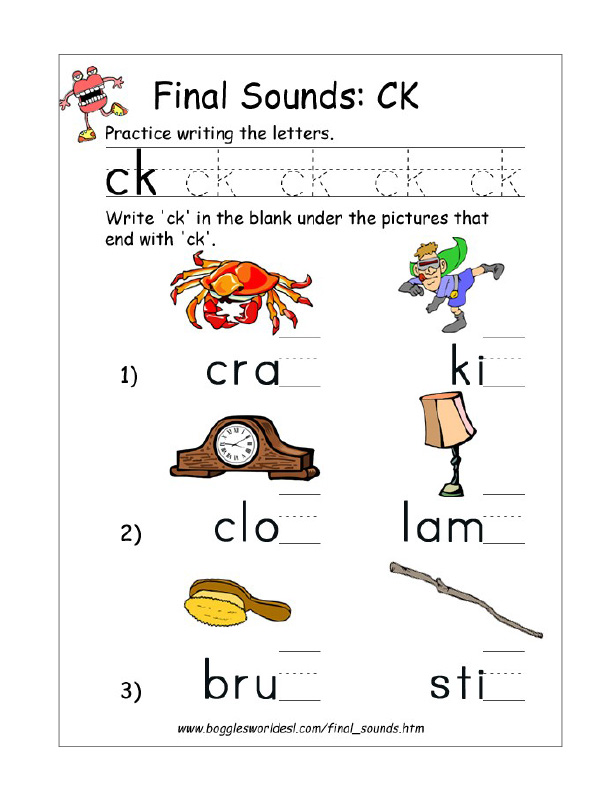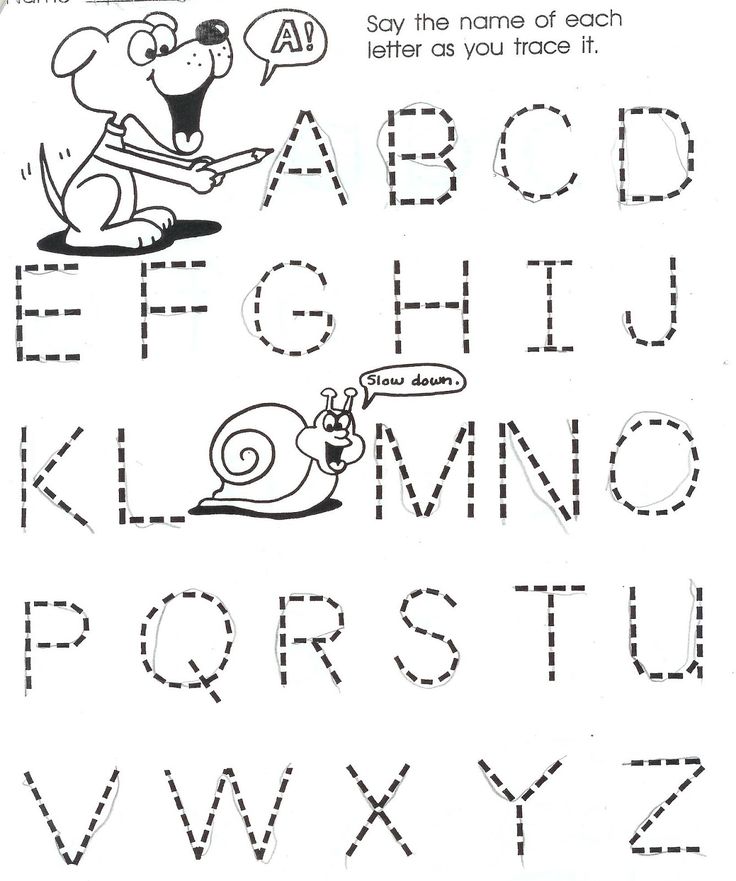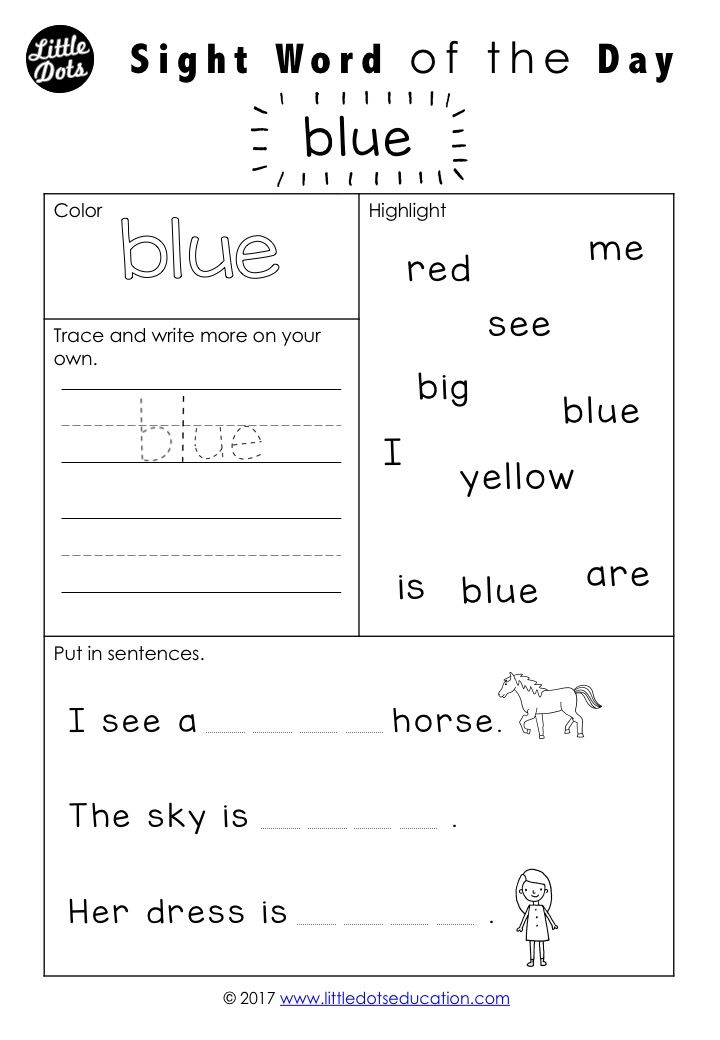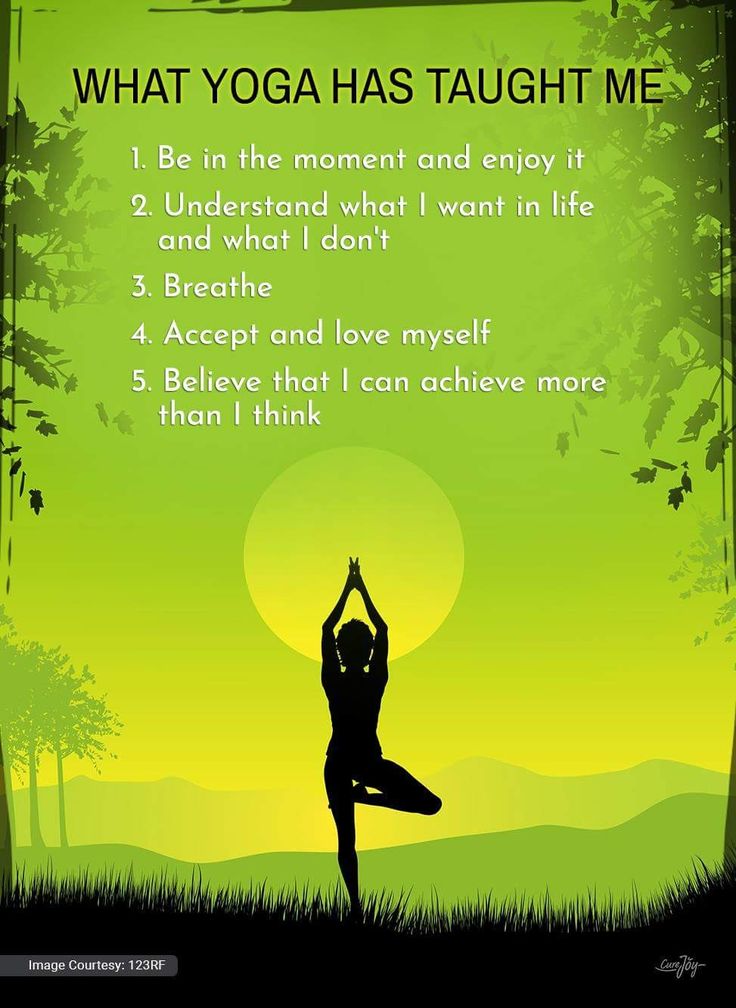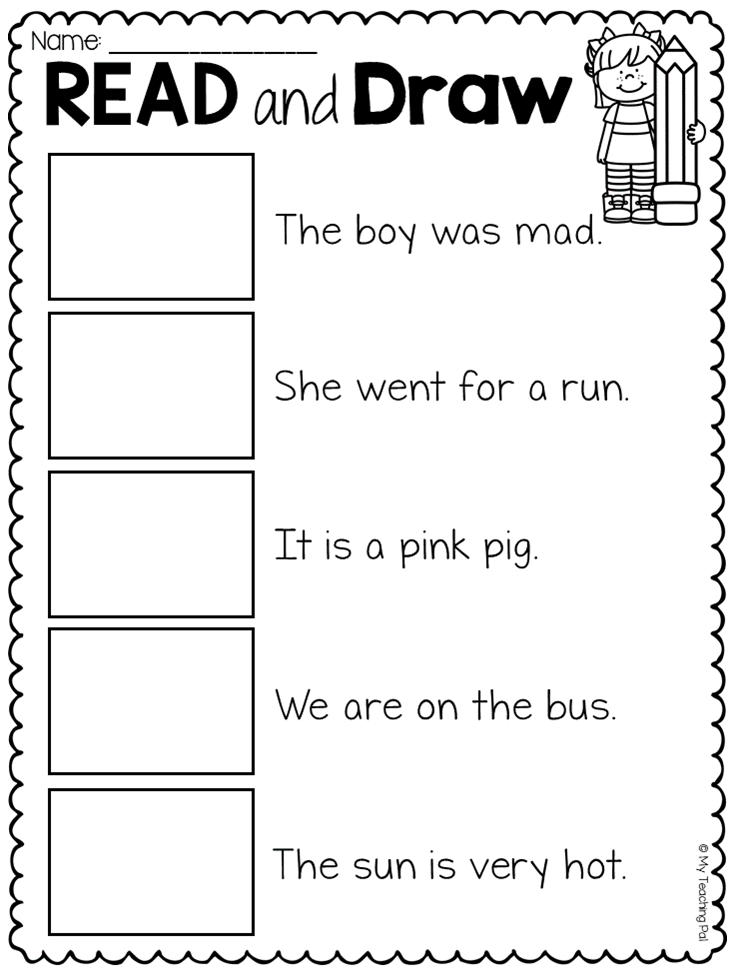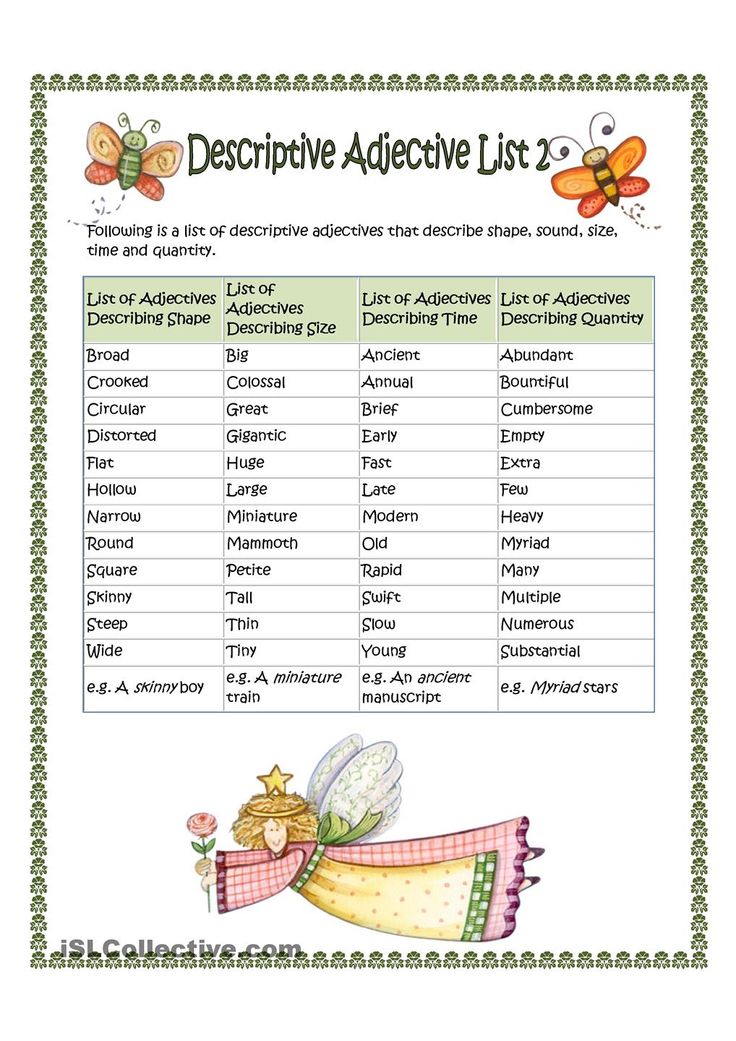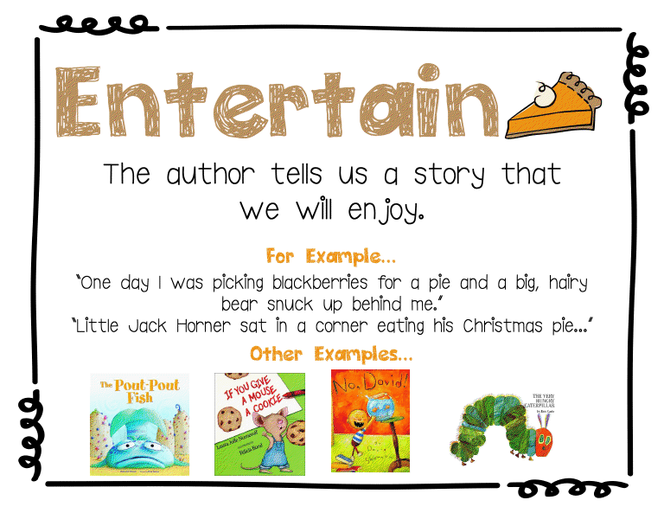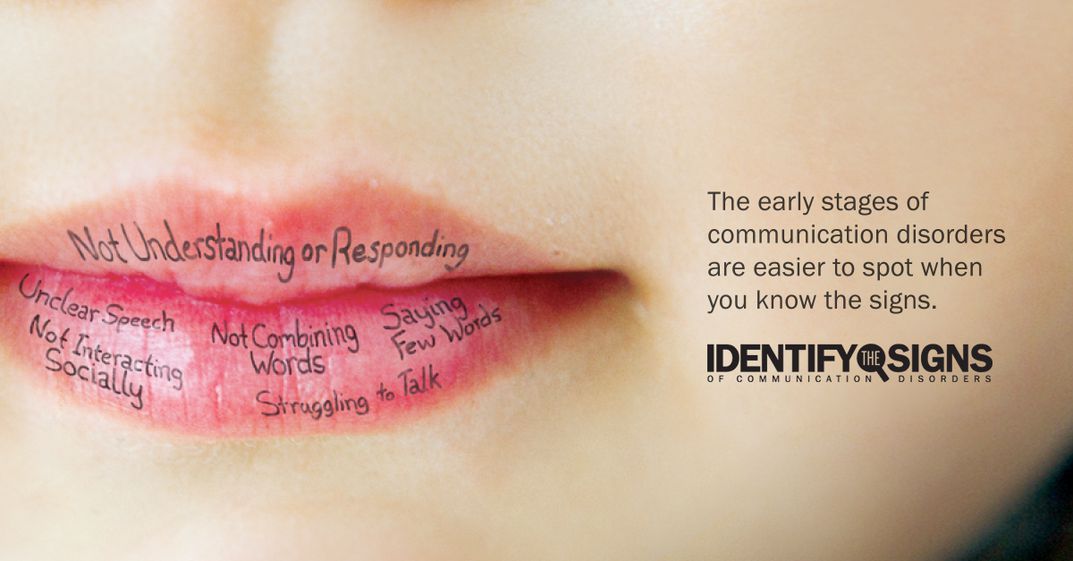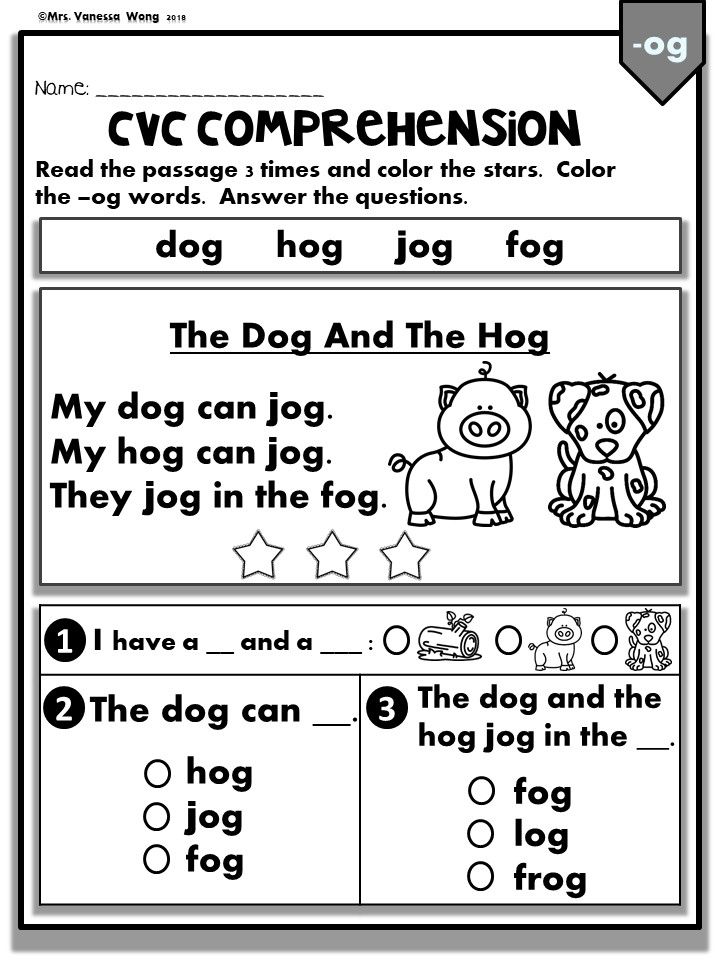Teaching letter recognition to preschoolers
5 Easy ways to teach the alphabet to preschoolers | Daycare Blog
Teaching children the alphabet is foundational to learning how to read. Before children can put together sounds or draw together lines that make words, they need to know what they are. If you’ve never taught the alphabet before, the concept may sound abstract: how do you teach something that comes so naturally to you? Teaching letters can be really fun and simple. In this article, we’ll give you easy ways to teach the alphabet to preschoolers.
1) Sing alphabet songs
Obviously, we all know the English-language, “A-B-C-D, E-F-G,” song. That’s a great place to start. However, there are more alphabet songs, which can add variety to your tunes, and help kids learn the alphabet in different ways.
This article lists a whole bunch of alphabet songs to try. And, if you saw our article on YouTube channels for toddlers and preschoolers, you can find letter-related songs there too. The visuals in videos can show objects that start with each letter, and sometimes the songs also pronounce sounds too.
One important note brought up by this early childhood educator, is that kids should go from singing the song, to being able to say and point out the letters without a tune. So don’t stop at singing!
2) Play letter matching games
Letter matching games are easy to set up. You can have a poster board with the alphabet printed on it in large letters. Have separate letter magnets or paper letters cut out at the same size as the print letters. Ask the preschoolers to match their cut outs to the letters on the chart. Where does “A” go? Place the letter “A” cut out on top of the printed “A” on the poster board. Get them to practice doing this with all the other letters.
As the early childhood educator mentioned above noted, you can also have an alphabet ‘arc,’ where one end of a half-circle shows the letter “A”, and the other end the letter “Z”. In between you can have other letters in the alphabet shown, but not all of them. Ask the preschoolers to put down their block letters in the right sequence, using the pre-filled in letters as clues.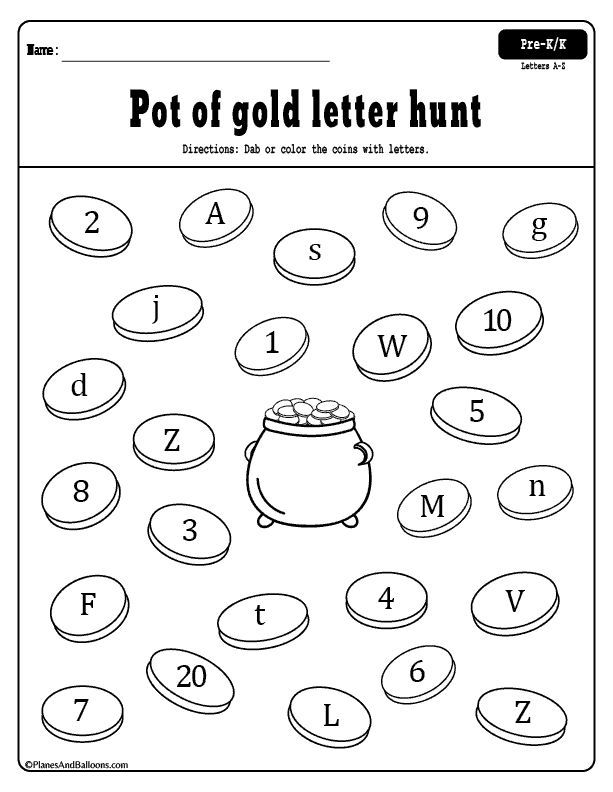
3) Open a new ‘alphabet box’ each week
You may have seen us post on Facebook that a certain week is brought to you by a letter we’re covering. It may be “C,” and you’ll see photos of us painting the letter C at daycare, or learning about animals that start with the letter “C.” Weekly letter themes are common in preschools.
You can take your weekly letter curriculum a step further by creating a box that children can open to discover objects that relate to that letter.
For example, on the week covering the letter “A,” your preschoolers can open (or even unlock) a box that contains an apple, a toy airplane, a toy alligator, an acorn, an arrow (a safe one!), and so on. In fact, don’t tell the children right away what letter the box of ‘treasures’ represents. Ask them if they can guess the letter they’ll cover that week by observing the objects in the box alone. This can be a fun and whimsical way to have your children get excited about the week ahead, and work together to come up with an answer.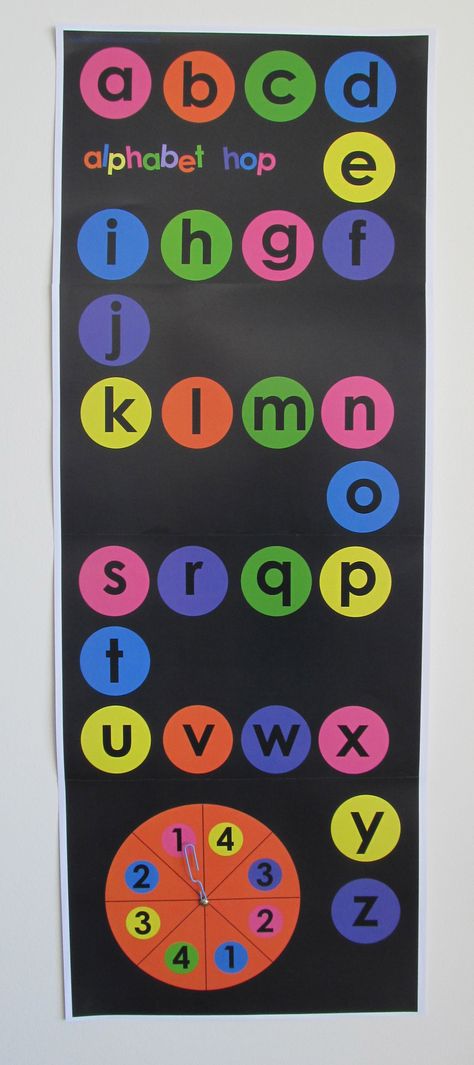
3) Use interdisciplinary learning with each letter, to strengthen letter associations
Since repeating a letter over and over again can get boring, you can mix it up a little by bringing in related lessons. You can start with a week’s letter as your core subject. Then, throughout the day, teach interdisciplinary subjects that still relate.
For example, if you are on the letter “R,” you can learn about the colour “red” too, since it starts with “R.” Ask the children, ‘what things are red?’ If you are on the letter “A,” you can learn about apples. We’ve done this before, where we teach children about the types of apples there are, as well as explain that seeds are inside an apple, and so on.
This blogger lists a whole bunch of crafts you can you incorporate into your letter learning. For example, you can make holes with a hole punch for the letter “H.” This can then lead into learning about the circle shape. You get the idea…
4) If you use flashcards to teach the alphabet, use logical ones
Flashcards are a great memorization tool, and the alphabet is all about memorizing.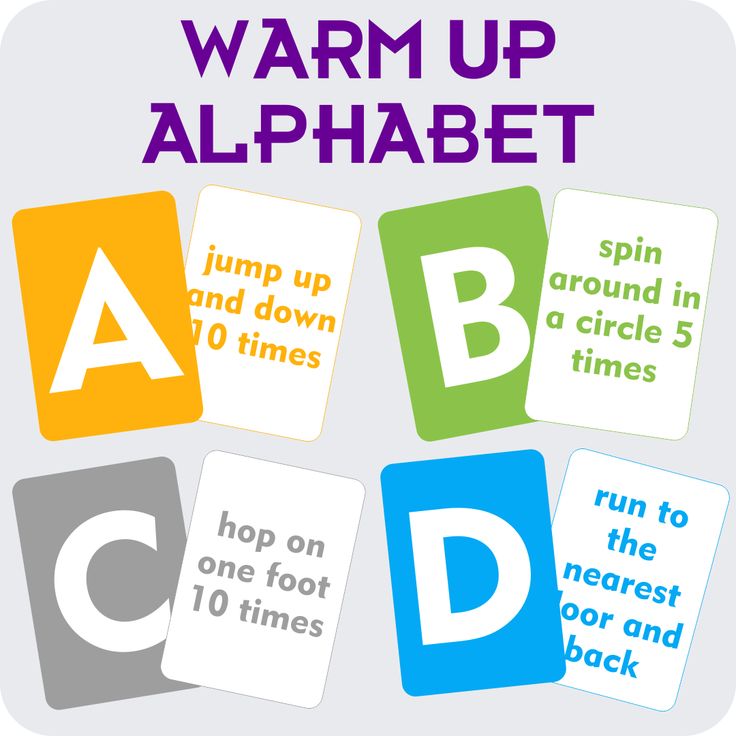 However, this teacher warns that sometimes, pre-made flashcards can get really confusing. If you are teaching the letter “D” and there is an image of something that simply uses the sound of “D” somewhere in the word, but doesn’t start with “D”… well you can quickly see how even adults would be confused by that.
However, this teacher warns that sometimes, pre-made flashcards can get really confusing. If you are teaching the letter “D” and there is an image of something that simply uses the sound of “D” somewhere in the word, but doesn’t start with “D”… well you can quickly see how even adults would be confused by that.
Remember, at this stage, you’re not teaching phonetics or complex vocabulary and pronunciation. First, children need to recognize and know the alphabet. Use the simplest flash cards, with the simplest pictures of the objects and animals that preschoolers can recognize.
That said, sometimes you want to use lowercase and uppercase letters in your flashcards…and yes, that can be confusing for the very young learners, especially when the upper and lowercase look so different, but are called the same thing. But if you’re using a set of magnets, for example, you can just use their uppercase versions, that’s ok (they may only come in that form). For very early learners, you can start really basic.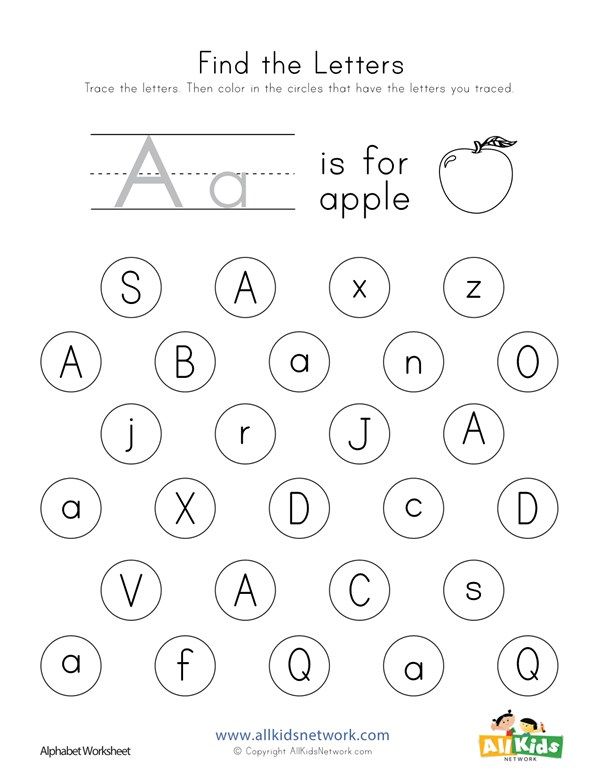 Just don’t forget to start showing them the lowercase and uppercase letters together at some point in their alphabet learning journey.
Just don’t forget to start showing them the lowercase and uppercase letters together at some point in their alphabet learning journey.
5) Eat foods shaped like letters to help preschoolers learn their alphabet
Speaking of interdisciplinary alphabet learning, why not do a baking session with the kids at preschool? They can use letter-shaped cookie cutters to make a fun and yummy snack. Meanwhile, there is a host of lessons you can teach with the baking activity. Chemistry, cooking, nutrition…the list goes on.
If you want the easy route, try commercially-sold letter-shaped biscuits. IKEA has a version of these. Ask your toddler or preschooler to name the alphabet letter they’re about to eat. Eating it can be the reward for getting it right!
And of course, there is alphabet soup, or noodles shaped like letters. You can make mealtime fun, and educational, with these edible alphabet manipulatives.
So there you have it, 5 easy ways to teach the alphabet to preschoolers.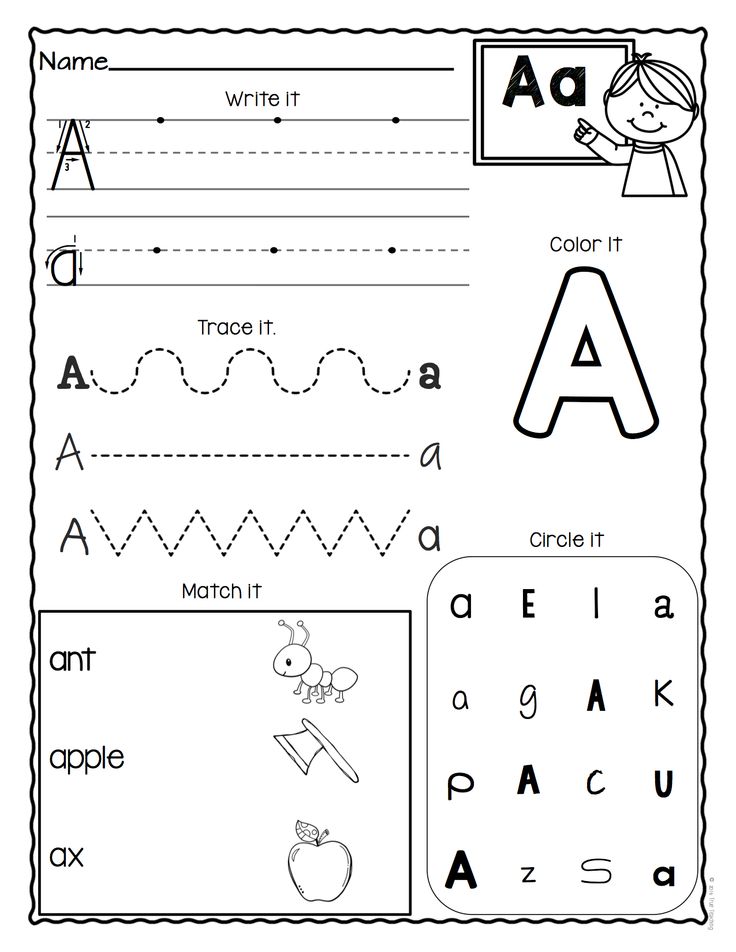 They may even be fun for you, too! It is super cute to hear little ones pronounce letters, and guess what object goes with each letter. When your preschoolers are learning the alphabet, be sure to take every teachable opportunity you can to encourage them to recognize letters in the world around them. If you’re on a field trip, ask the children if they can spot their letter-of-the-week on a street or building sign. If you’re reading a book, see if they can spot the letters you’re reading to them. Keep pushing letter recognition throughout the day, so the lessons can really sink into their memory.
They may even be fun for you, too! It is super cute to hear little ones pronounce letters, and guess what object goes with each letter. When your preschoolers are learning the alphabet, be sure to take every teachable opportunity you can to encourage them to recognize letters in the world around them. If you’re on a field trip, ask the children if they can spot their letter-of-the-week on a street or building sign. If you’re reading a book, see if they can spot the letters you’re reading to them. Keep pushing letter recognition throughout the day, so the lessons can really sink into their memory.
See more on our blog:
- How to teach digraphs to preschool children (6 ways)
- What is the best way to teach word recognition to early childhood readers?
- Why is literacy crucial in the early years? How can parents and preschools help with reading skills?
- How to teach toddlers and preschoolers to count, and learn their numbers
- Ideas for teaching shapes in preschool and daycare
How to Teach Your Preschooler Letter Recognition Through Play
- Share
Helping your preschooler to gain letter recognition skills does not need to feel like “work!”
Learning through play in a fun, stress-free, and positive manner is always the best way.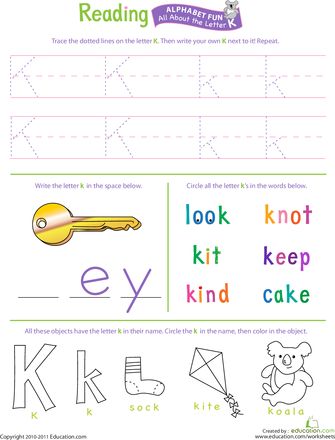
What Letter Recognition Means
Learning letter recognition skills involves several different hands-on components.
Children need to distinguish the shapes of letters from each other (visually recognize them) and be able to point to and state the letter names, as well as the sounds made by each letter.
In addition, they must learn to form letters and write them.
These skills do not all need to be accomplished during the preschool years and in fact, preschoolers are not yet developmentally ready to learn to read and write.
By simply exposing your child in a fun way, you will begin the process of laying down foundational pre-reading and writing skills.
When Should a Child Recognize Letters of the Alphabet?
Although you can read about average ages when kids gain alphabet skills, those often vary widely.
Just as children learn to walk and talk at different ages, the same is true for recognizing letters of the alphabet.
They each learn at their own pace, depending on many factors.
How to Build Skills to Prepare Your Child for Letter Recognition
Through fun play activities, parents can help their children gain various developmental skills that prepare preschoolers for letter recognition.
Those types of skills include visual perception, memory, and auditory perception.
What this means is that learning the letters does not in fact start with exposure to the actual letters, but rather to play activities that develop these skills.
Visual Perception
Visual perception refers to your child’s brain making sense of what their eyes are seeing, such as details and shapes (shape recognition).
These skills also include visual-motor and eye-hand coordination.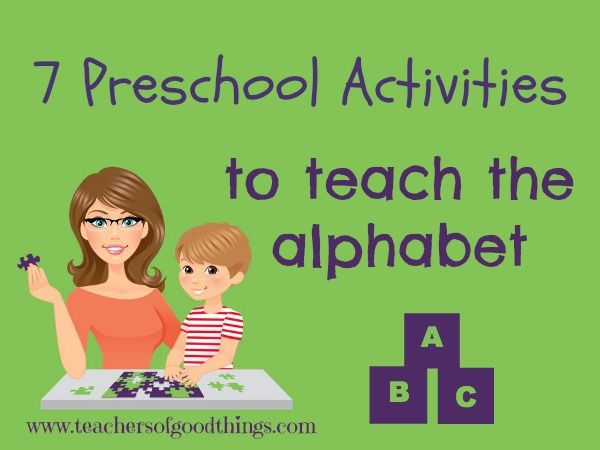
Helpful kinds of activities include:
- those that exercise the large muscles (such as throwing/catching)
- small motor activities (like lacing)
- visual perception (such as building puzzles)
- and limiting screen time, which has limitations related to visual perception skills.
Memory
Memory development relates to storing and using information in the brain.
Stress-free activities to enhance these skills include:
- simple card games
- Memory card games (get your own by downloading the FREE set of printables at the end of the post)
- talking about fun memories
- story visualization
- reading and talking about books
- Visual memory games, like picture bingo
- Auditory memory games
Auditory Perception
Auditory perception includes the brain’s ability to distinguish sounds and words, which is important for learning the sounds of letters.
These are the kind of activities that can support this skill:
- listening to music
- distinguishing animal sounds
- clapping out copied rhythm patterns
[source]
How do I Teach My Child Letter Recognition?
Even before your child shows an interest in print,
- reading to them
- sharing poems and nursery rhymes
- talking to them
- telling stories
- and singing songs to or with them
are all meaningful and fun activities that set the stage for letter recognition.
Keep it fresh, keep it new, and be willing to return to their favourite activities when asked.
As your child shows a growing interest in print, make it available to them whenever possible.
Instead of keeping that book to yourself as you read to them, show children the words, running your fingers over them as you read. Let kids turn the pages of books.
Have books available in the home to which kids have constant access.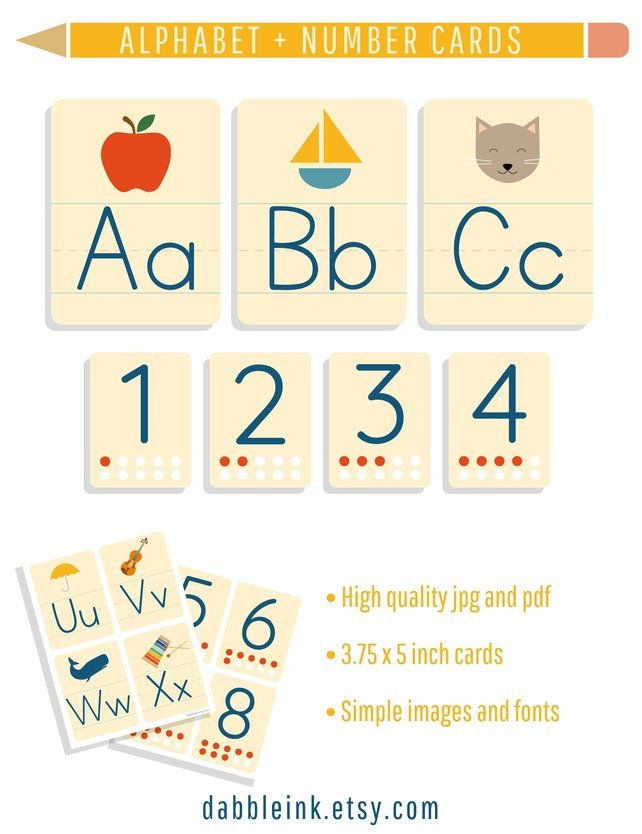
So many things around the house contain words, like packages, lists, letters, emails, screens, magazines, and greeting cards.
Point and touch as you read, showing children that you are using words daily, expressing how much can be learned through their use.
Write in front of your kids for all different purposes, at least sometimes spelling aloud.
Make drawing and writing tools and surfaces available to your child at all times, indoors and out.
Don’t just offer the traditional papers and crayons – include:
- Drawing with sticks in the sand
- Writing on clay or playdough
- Drawing on shower and bath walls with soap
Should I Teach the Letters in a Specific Order?
Instead of teaching letters in any special, prescribed order, focus on those that are used most often and in order of importance for your child.
They typically want to know about the letters:
- in their names
- in “MOM” and “DAD”
- in a pet’s name
- environmental print (like on STOP or WALK signs)
- and even outstanding words from a favourite storybook
Think about and pay attention to those letters and words that appear to be interesting to your kids, using them as the foundation to build upon.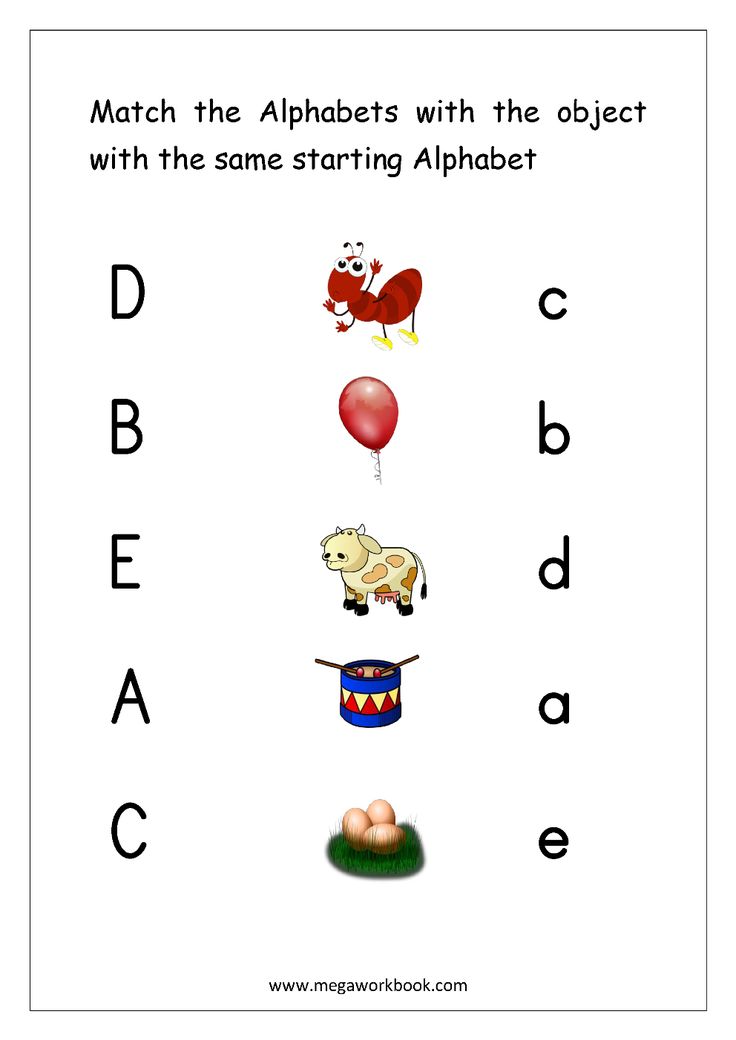
[source]
Is it Better to Teach Upper or Lowercase Letters First?
For preschoolers, the field of occupational therapy makes a good case for beginning with capitals in handwriting letter formation.
They are formed from larger lines and curves that avoid retracing and changing directions, while still teaching top to bottom strokes.
If children try to form letters for which their visual-motor skills are not prepared, they sometimes build poor habits that can be difficult to break later on.
Of course, your child may be familiar with lowercase letters, seeing them in many print formats, and gradually learning to identify them.
When their motor skills are ready, they typically make an easy switch to including them along with uppercase when they write.
[source]
Letter Recognition Activities and Games for Preschoolers
Here are some fun ways to teach your preschooler recognition through play.
1. Point Out Environmental Print
Print is all around us.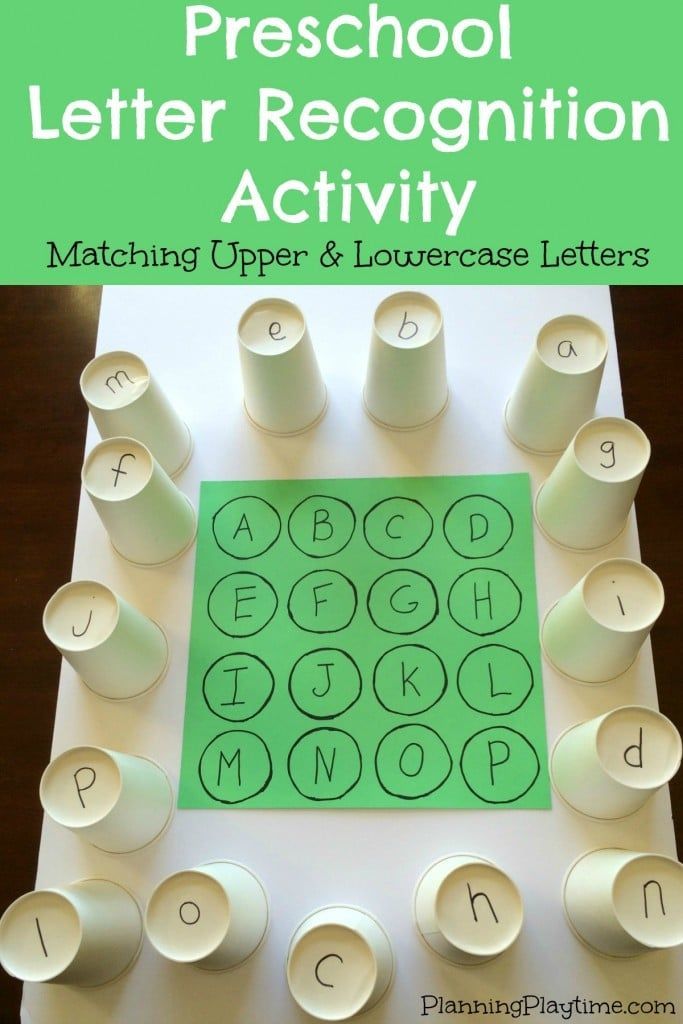
Point out, talk about and stress the sounds of words on signs (such as favourite restaurants and traffic/street signs), cereal or other product boxes/labels, and familiar logos.
2. Share Rhyming Books
Read favourite rhyming books to your child, accentuating the rhyme and rhythm.
Afterwards, play an oral game of stating some rhyming words from the story and adding a new rhyming word of your own.
Challenge your child to come up with more words that rhyme. Either real or pretend “words” are okay, as it is the rhyming factor that counts.
3. Letter Hunt
Point out and talk about the letters in your child’s name, making them clearly visible in print.
Show them how you find one of those same letters in a magazine or newspaper and cut out as a rather square piece (not necessarily trying to cut out close to the letter’s edges).
Challenge them to find other letters from their name in print and cut those out, as well.
After all the letters have been found, they can arrange them in the correct order for their name.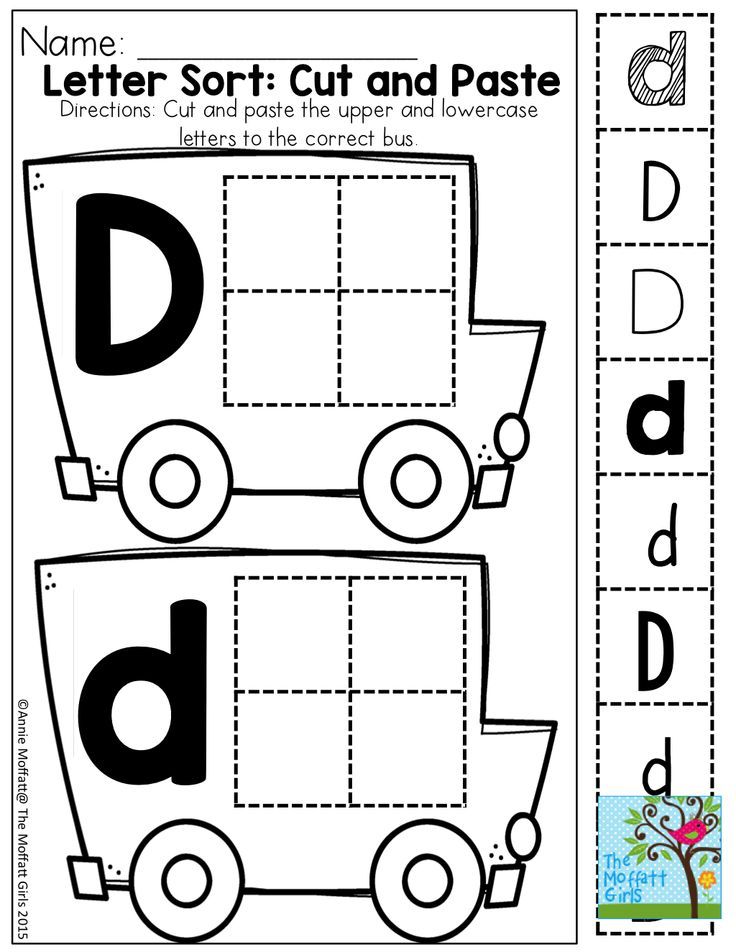
These may be kept in a small bag for future use or glued onto a coloured sheet of paper to post on the fridge or in your child’s room.
Instead of cutting, another option is to use different colours of highlighters to mark various letters found in print.
4. Play with Plastic/Wooden Letters
Letters may be sorted and put into piles in different ways:
- those with curves
- letters with straight lines
- those from your child’s name or other important words
- letters they can name
- and those for which they can say the sounds
Letters with magnets may be used on the fridge or on a magnet board for sorting purposes.
5. Bake Letters
Use bread or pretzel dough to form letters with your child, then bake them to be eaten later.
While you work, talk about the letter names, sounds, and easy words (like their names) that may be formed.
Special baking tins and cookie cutters may be purchased to bake letters. You can also bake oblong cakes and cut into large letter shapes, as well.
You can also bake oblong cakes and cut into large letter shapes, as well.
6. Form Letters with Familiar Materials
Offer kids various types and colours of pasta to form letters on flat backgrounds, either to glue into place or to leave loose and rearrange into different letters.
Other materials to explore might include:
- dry breakfast cereals
- buttons or pennies
- cotton balls
- dried beans
- mini-marshmallows
- toothpicks
- rice
- Yarn
7. Form Letters with Unusual Materials
Using a tabletop or oblong baking pan with low sides, spread shaving cream or pudding for your child to trace letters into with their fingers.
The same may be done with sand (or moved outside), to trace in with fingers or safe “sticks,” like pencils, dowels, or rulers.
8. Go on a Scavenger Hunt
Have children choose a letter card or cutout. Talk about how the letter looks and sounds.
Depending on your child’s level of development, challenge them to find things around the house that have that letter printed on them OR objects that begin with that letter’s sound.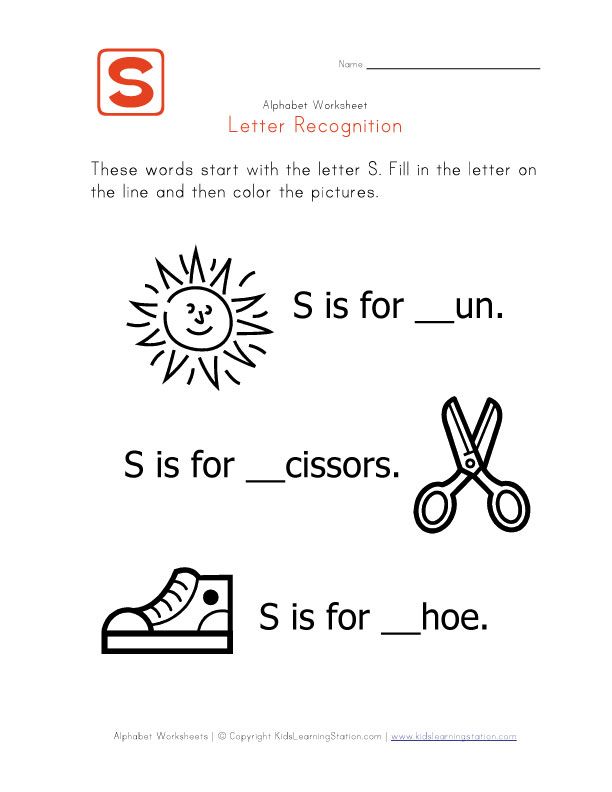
9. Fish for Letters
Magnetic letter fishing games may be purchased or made with paper, magnets, paperclips, dowels, and string.
Name or pick a letter, focusing on how it looks and/or sounds. Kids then “fish” for the matching letters from the “pond.”
They can also just fish for a random letter and then name it once it is “caught.”
You can also use a version of this game later on, when children are learning to match upper and lowercase letters.
10. Play Musical Chairs with Letters
Add paper plates with letters or letters cut from cardboard right onto the chairs or onto the floor beneath.
Children walk around the circle and find a place to sit when the music stops. They each then name the letter on their chair or floor directly beneath.
11. Find Letters on a Keyboard
Make use of an old computer keyboard or typewriter. Your child names the letters as they touch the keys.
They can also find them to press as you say the names, sounds, or hold up cards, one letter at a time.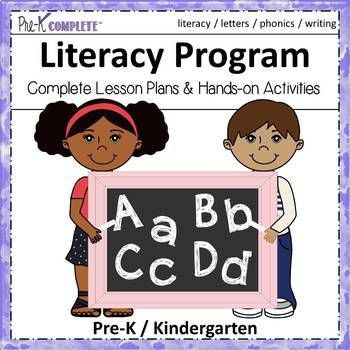
12. Spray or Write Letters Outdoors
Offer spray bottles with water for children to spray letters on driveways, sidewalks, or even the side of your house.
Another option is to use sidewalk chalk to write letters on the driveway, patio, or basketball court.
13. Form Letters with Bendable Materials
Get your child to bend pipe cleaners, chenille stems, or products like Wikki Stix (string covered in wax) to form letters.
Children often like to make multiple letters and form words, as well.
14. Find the Hidden Letters
“Bury” plastic or wooden letters in a sand table or sand box. Ask your child to name the letters as they are discovered.
Other materials may be used as alternates in sand tables or large trays, such as coloured rice, pasta, dried beans, or bird seed.
All of these ideas can help to strengthen your child’s early literacy skills.
Pay attention to where they stand in their development and keep raising the bar just a bit higher, while still returning to those games and activities in which they feel a high measure of success!
This is the key to learning.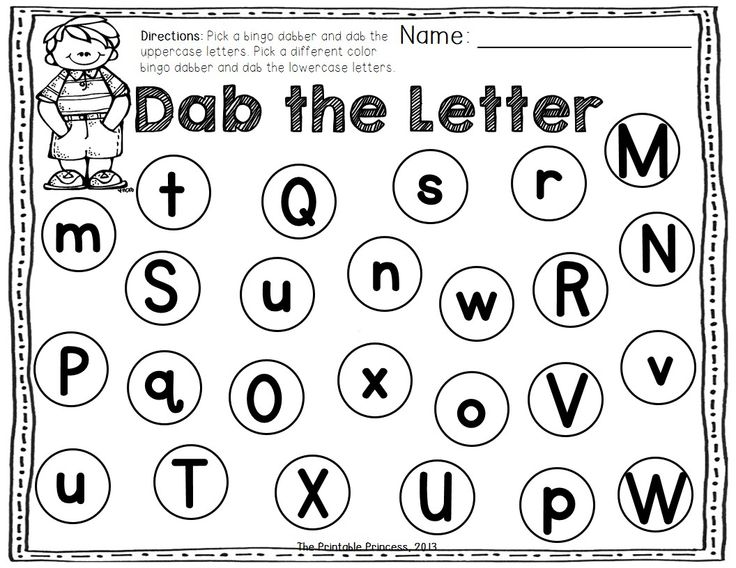
Get FREE access to Printable Puzzles, Stories, Activity Packs and more!
Join Empowered Parents + and you’ll receive a downloadable set of printable puzzles, games and short stories, as well as the Learning Through Play Activity Pack which includes an entire year of activities for 3 to 6-year-olds.
Access is free forever.
Signing up for a free Grow account is fast and easy and will allow you to bookmark articles to read later, on this website as well as many websites worldwide that use Grow.
- Share
Aromshtam Marina | Learning to read and write in images and movements
Continued. See the beginning in No. 18, 19, twenty, 21/2008
Drawing by M. Ovchinnikova
Lesson 6. Letter Y
The lesson begins with a sound game (on choice) and a letter recognition game.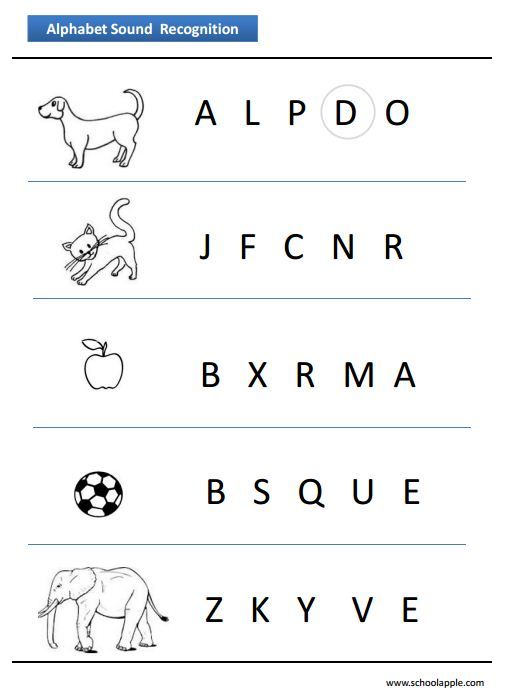
Talking to children
The teacher asks the children to look at a picture with a painted house near Bukvoedskaya fairy tale. “What letters lived in Petya’s house? What happened when Grandfather-Bukvoed decided to cook in one cauldron letter o , a , y , e and the letter th ?
What letters are the result of this sorcery? What sounds does the letter and represent? What sound is sung when we sound the letter I ?
Tasks for children
embossed letters letter i ".
2. "Put the letter on the landscape sheet and circle around contour. Remember: the head of the letter i always looks to the left. Color the letter.
3. Before the children - rhyming cards. teacher reads the rhyme aloud:
| Yasha walked through the forest, |
“Find in the rhyme all the letters and . Circle them with an orange triangle. Then find in the text the letters and , about , for , and ".
4. The teacher puts up on the board or in middle of the circle demonstration pictures. Under them are words with a missing first letter.
“Look at the pictures. What's on them drawn? Words under the pictures start with the letter i . Enter the letter and instead of passes. The teacher calls several children who draw the missing letters in words.
It is proposed to say these words again. At pronouncing the word, the teacher each time indicates to the letter and at the beginning. It's convenient, so how all words begin with a stressed syllable.
5. “Choose any picture and draw a similar one. Sign her copying the word.
“Choose any picture and draw a similar one. Sign her copying the word.
Homework for those who wish: draw capital letter i and turn it into your "letter" portrait.
The article was published with the support of IQ Card LLC. The company provides a full range of services in the field of distribution and maintenance of bank cards of major payment systems. The main product of the company is the IQcard Visa Gold bank card, which can be issued online at http://www.iqcard.ru/. There you will also find a detailed description of other products of the company and a complete list of services provided.
Sessions 7-9 (letters E, Y, Y)
Activity scenarios 7 (letter e ), 8 (letter y ) and 9 (letter ё ) are similar to the scenario of session 6. The teacher, if desired, can vary the sound games and games with letters.
Rhyme in which to find the letter e :
| Children ate on their birthday |
Rhyme to find the letter S :
| Blizzards are whistling in the north. |
To fill in the gaps in the words below pictures starting with the letter Yu , you need solve riddles:
“The first word is the name of the boy. His name is ... ( Yura ).
The second word denotes the direction of the world: not north, a… ( south ).
The third word means mobile home, made from animal skins… ( yurt ).
You need to guess what these words are, and write in them instead of gaps the letter and .
Looking at pictures in class, dedicated to the letter ё , we answer the questions:
“What is shown in the pictures?” into words under the pictures, instead of gaps, insert the letter e .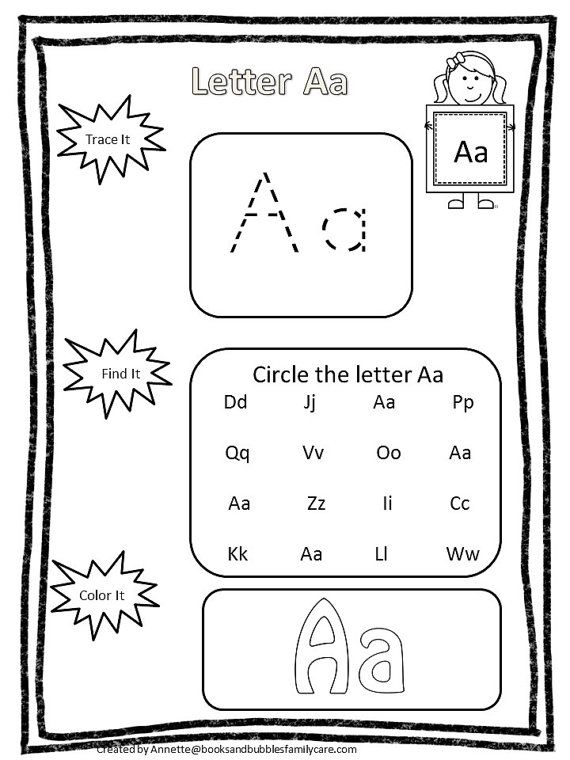
“Which picture in the row is missing? Why?"
Lesson 10. The letters Y, Z, E, Y
The lesson begins with a sound game (on choice) and a letter recognition game.
Activities for children
1. In front of each child is a card with contour house (, see No. 21 ). “Here is the house. Settle in it the letters a , about , y , e , s ".
2. “Draw another house next to it and populate it with Petya's new acquaintances: here you must live letters i , i , i , e ".
3. “Read the letters in the boxes of the new house. Can you sing the sounds that hide inside these letters?
Of course you can. After all, ours live in them old acquaintances - sounds [a], [o], [y], [e], those that stuck together with the sound [i]. So i , i , i , e - letters for vowels.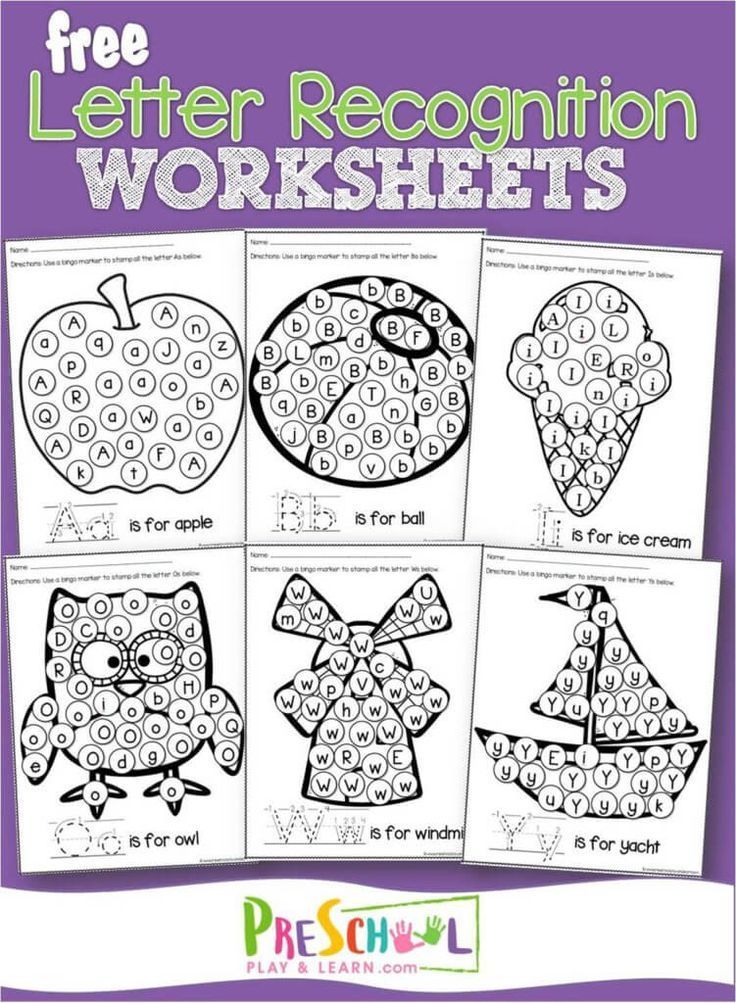 And since in them the sound [i] still lives, they are called iotized.
And since in them the sound [i] still lives, they are called iotized.
4. Game “What is the last letter?”.
First option. In front of children - cards with letters i , i , i , i . The leader (teacher) comes up with a word, which ends with an iotized letter, and says: "In the word" family "...". Children should finish the sentence: "... the last letter is i " - and show a card with the letter and .
Master: In the word "spear" ... | Children: ... the last letter of is . |
Can be prepared ahead of time for convenience text cards.
Second version slightly different leader's words.
| Master: I will sing you a song. | Children: Last letter y . |
When the children have mastered the game, you can offer them to try their hand at the game one by one.
Homework for those who wish: draw all the letters that were found in fairy tales.
Lesson 11. The letter I
Lesson starts with registration exhibitions and viewing of drawings. teacher asks children to read the drawn letters.
Letter recognition games are held, reading interjections, singing sounds.
Reading or storytelling text
The pencil squeaks slightly.
But the letters look great!
The one who knows these letters,
He will easily revive them:
Once - and read the letter,
The letter will sound right away!
How good are you at drawing letters and bring sounds to life! How can you not be happy here? don't smile! Do you know what sound is the most smiling? Come on, smile and try it yourself guess. Of course, this is the sound [and].
It is no coincidence that he is heard in a very important the word "peace". The word "game" begins with it.
There is a special letter for the sound [and] - letter and . ( The teacher shows a card with letter and . ) Perhaps she was born from our smiles:
Smile - and the letter and
Give us a gift!
Tasks for children
0019 and . Read it."
2. “What sound does the letter and stand for? Can this sound sing? The sound [and] consists of voices, that means he…”
3. “Come up with words that start with to the sound [and], in which the sound [and] is heard in the middle, in the end".
Dictionary : games, name, willow, spark, Ira, Inna; world, feast, shooting gallery, view, rice, reef, rhyme, rhythm; talk, take, wake up, sit, look, fly.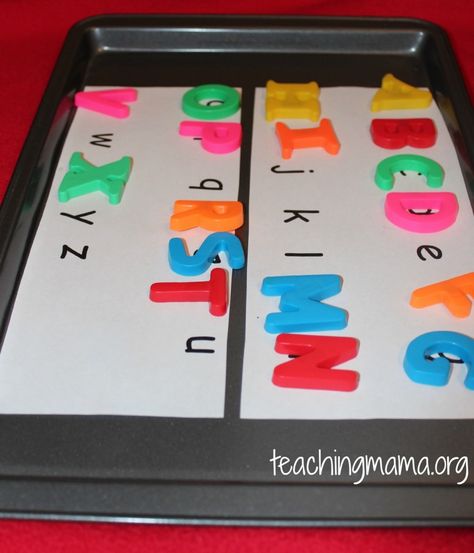
4. In front of children - rhyming cards:
| Ancient General Kir |
“Find in the rhyme all the letters and , put a red dot under them. Then at icon help highlight others the letters you know to represent vowels. What letters for vowels were not in the text?
Lesson 12. The letter I and other letters for vowels
The lesson follows a familiar pattern.
Tasks for children
divided into boxes ( see in
No. 21 ). "Place houses. In one house there will be live letters denoting vowel sounds in another - letters denoting two sounds - the sound [i] and vowel".
2.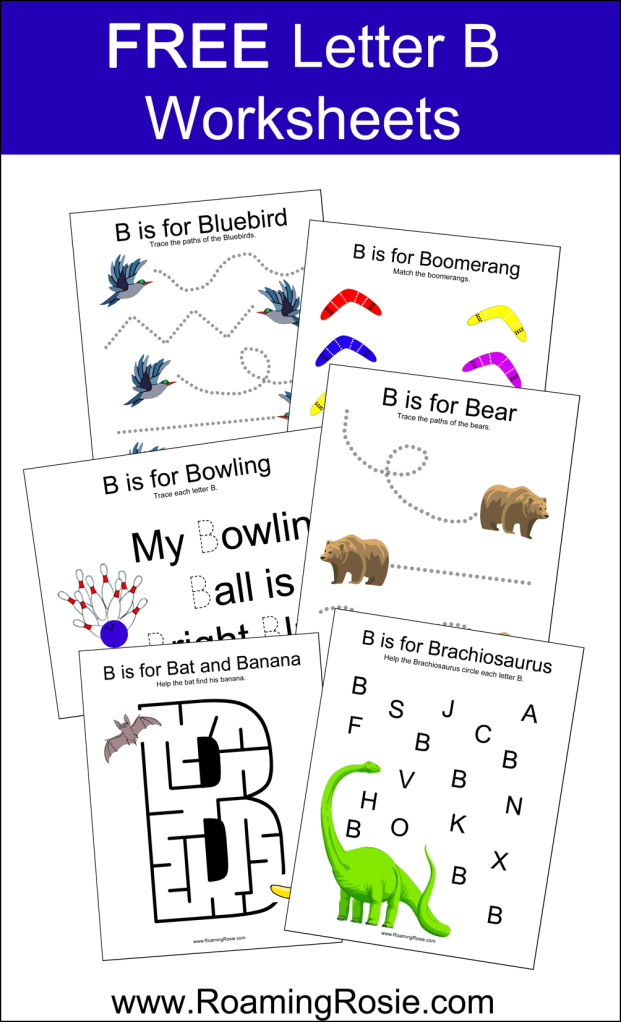 “Count the windows in each house. How many occupied apartments in the first house? How many occupied apartments are in the second house? A free window remained in the house for ioted letters. The letter will live with them and . Settle her in an unoccupied apartment.
“Count the windows in each house. How many occupied apartments in the first house? How many occupied apartments are in the second house? A free window remained in the house for ioted letters. The letter will live with them and . Settle her in an unoccupied apartment.
3. “The letter and can also represent two sound - sound [i] and sound [and].
Listen:
Sparrows made a noise -
“Whose are you? Whose are you? Whose are you? Whose?".
“Rays
woke us up Sunshine, brooks murmur.
And now let's play.
Game "What is the last letter?".
In the word "nightingales" - ... the last letter is and .
In the word "sparrows" - ... the last letter is and .
In the word "ants" - ... the last letter is and .
In the word "brooks" - ... the last letter is and .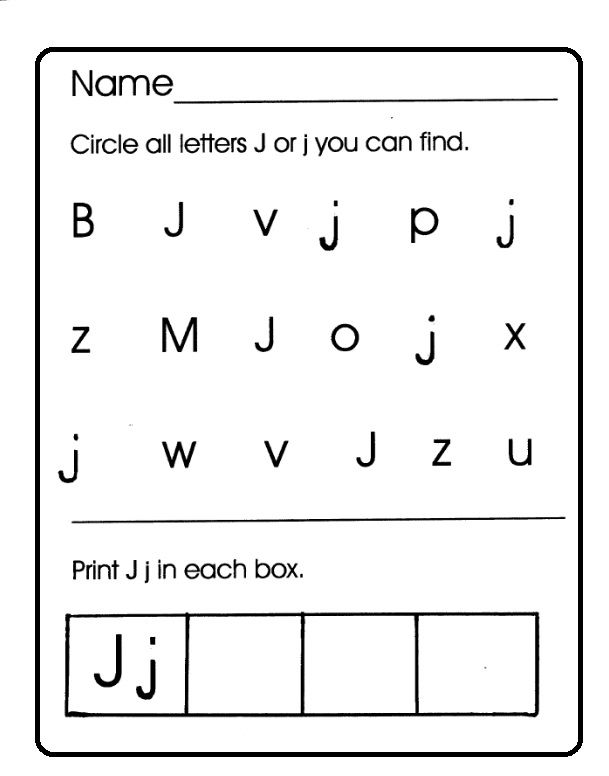
There is a rook. - No ... ( boats ). — The last letter is and .
There are hits. - No ... ( hits ). — Last letter and .
There is a tub. - No ... ( tubs ). The last letter is and .
4. For children, cards with pieces letters they know. "Restore the erased letters." Tasks can be individual: children restore different letters and define them. You can suggest coloring and decorating restored letters.
5. Find your house game: completed work to restore letters, children become holders of cards with the image iotated or non-iotated vowels. By wave of the "magic" wand for the time of the upcoming games they themselves turn into these letters.
"Letters" of each group are collected in their own "house". It could be a circle a hoop or rope, or a flag, another symbol, around which you have to stand, holding hands, or really drawn on a dense paper or fabric on a dense base house with cells like the classics.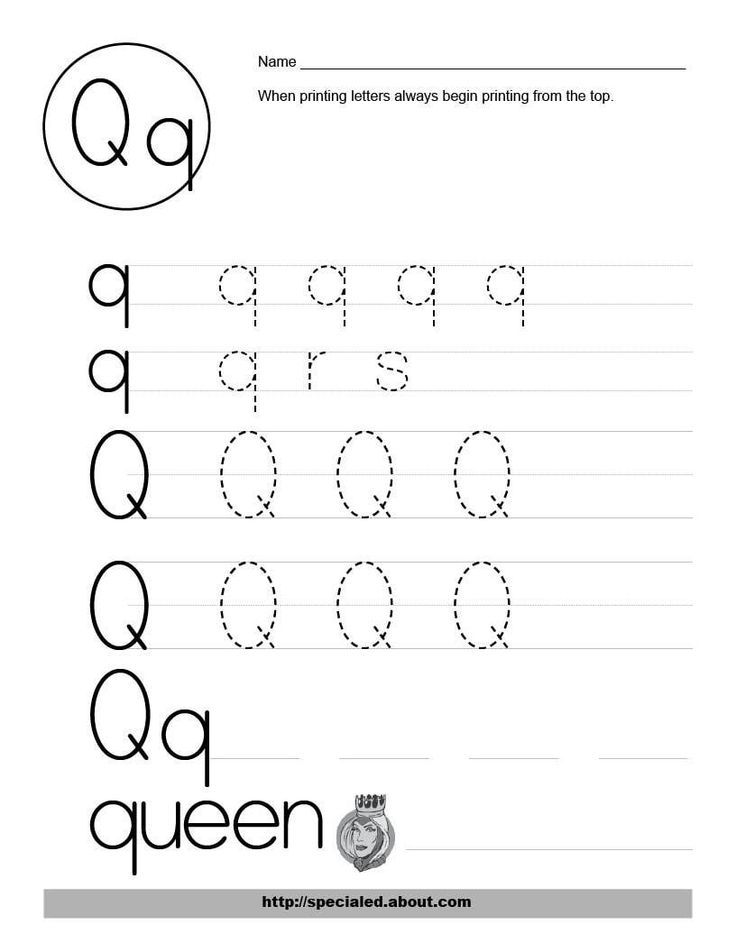
On the first signal, children scatter around the room, on the second they gather to your house. That team wins, "letters" which will be assembled faster. To
complicate the game, the host can change all the time team gathering place.
6. The lesson ends with the game “ Expressive sounds ". The mood of the sound [and] is added: “... We pronounce the sound [s] with malice and with a threat: teeth bared, fists clenched, whole body tense. Hold tight for a few seconds. But here the danger recedes: we frightened her.
Deep exhalation. The body relaxes fists are unclenched, hands are smoothly parted to the sides. Lips curl into a smile. We pronounce sound [and]: we are embraced by joy, tenderness, kindness".
Homework for those who wish: at painted houses to populate the unrated and iotized letters for vowels.
To be continued
Learn to Read Games for teaching children to read
Learning to read is a difficult task for young children.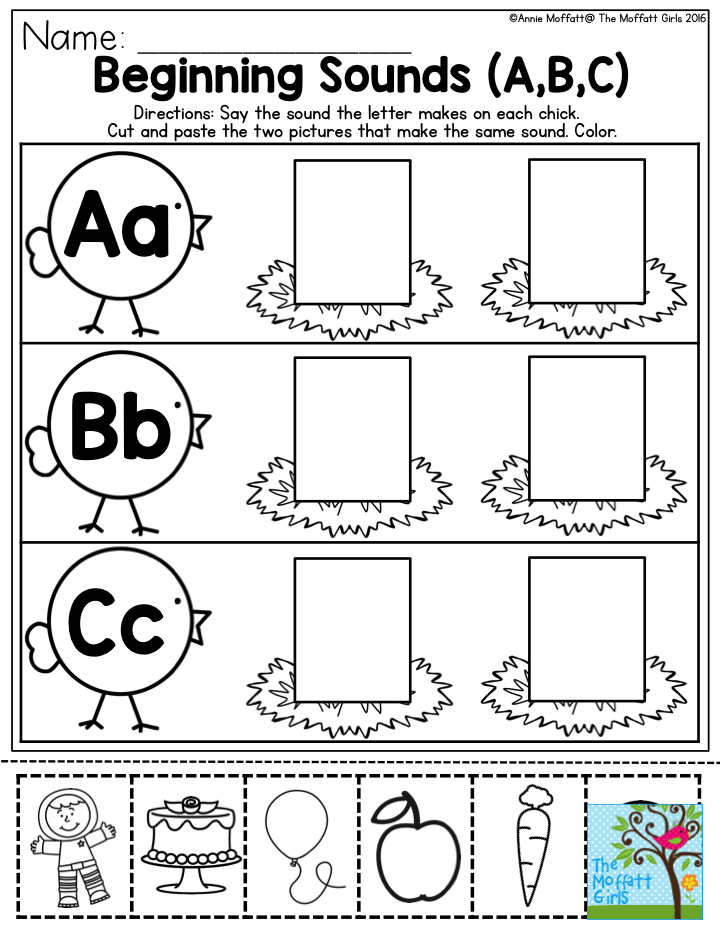 At times, learning to read seems completely impossible, especially if the child has dyslexia due to phonemic hearing impairment and neurological problems.
At times, learning to read seems completely impossible, especially if the child has dyslexia due to phonemic hearing impairment and neurological problems.
Learn more about diagnosing dyslexia in a child in an article on the eKidz.eu blog. Fortunately, teachers and parents can successfully prevent reading difficulties in their children and enjoy it too! To do this, starting from preschool age, play games with words and images that develop visual and auditory perception, hand-eye coordination and spatial orientation, memory and attention of children. Educational games are easily integrated with other games that children have already played and will help foster a love of learning from childhood.
Let's learn some auditory and visual games!
Games for the development of verbal perception
Phonemic awareness is the ability to hear and reproduce sounds, to understand that spoken words and syllables consist of a sequence of speech sounds (Yopp, 1992). Phonemic hearing begins to develop immediately after birth, and already at an early age the child already understands the acoustic characteristics of sounds.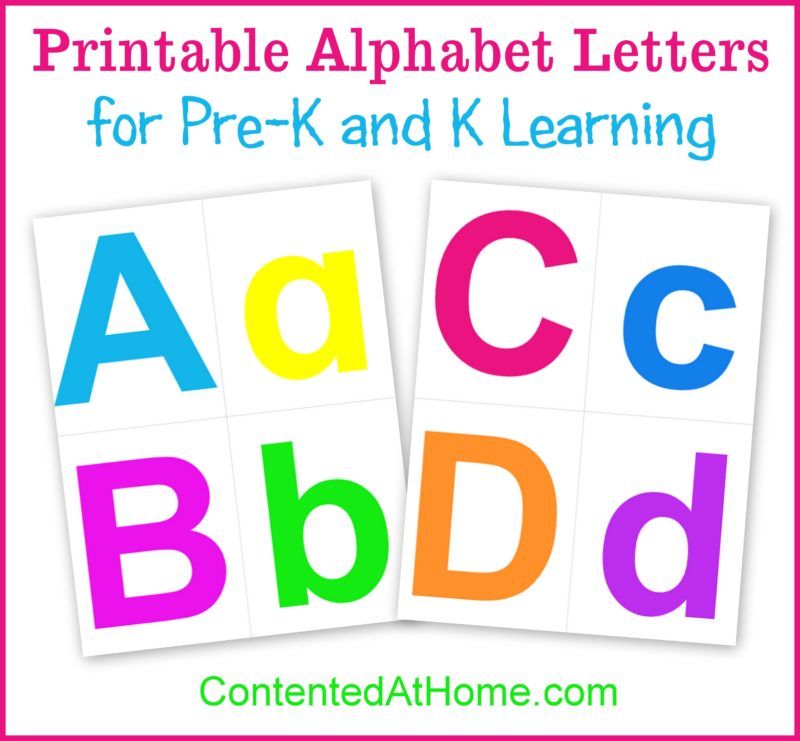 However, in case of underdevelopment of speech, pronunciation disorders and difficulties in reading and writing in the future may occur.
However, in case of underdevelopment of speech, pronunciation disorders and difficulties in reading and writing in the future may occur.
So, here are a few games for the development of auditory perception and attention, recommended for children from 3 years old: "Guess the Sound" For example, put a blindfold on your child while you make sounds like snapping your fingers, clapping your hands, or tapping on the table.
"Where is the sound?" - determine the location of the sound: "Guess where it's calling" For example, hide an object that will make noise (such as a timer or your mobile phone) in a room, and then compete to be the first to find the hidden object.
Animal Sound Recognition “Guess who makes that sound?”, “Who is hiding in the house?” For example, make the sounds "woof, woof" like a dog, "meow" like a cat, or "moo" like a cow and ask the child to guess the animal.
For the development of speech (phonemic) hearing, which is responsible for the definition of speech sounds, it is recommended to regularly involve children in games from 4-5 years old:
- "Catch the sound with your hands" - the development of sound recognition.
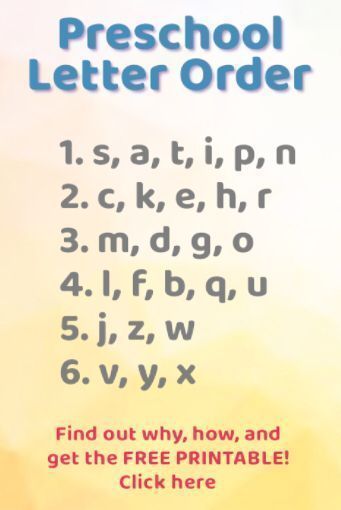
For example, ask the child to clap his hands as soon as he hears a certain "r" sound, and then say "The radish rarely grew in the garden, the garden was rarely in order."
- "Guess the object by the sound" - the definition of the object that makes the sound:
"Guess the sound" "Where is the sound?" - determining the place of sound in words by inserting a scheme into words.
For example, write out the sentence "Two plus two equals four" and have the child point wherever the letter "T" sounds.
“How many sounds?” - show as many fingers as the sounds were played. For example, say the word "elephant" and help your child understand that there are 4 sounds for each letter in the word.
- Select Image - Select an image that has a specific sound when the object's name is spoken aloud.
For example, take the colored cards and ask the child to identify each where the sound "C" is present and help the child understand that the common meaning for the color names "Blue" and "Grey" is sound.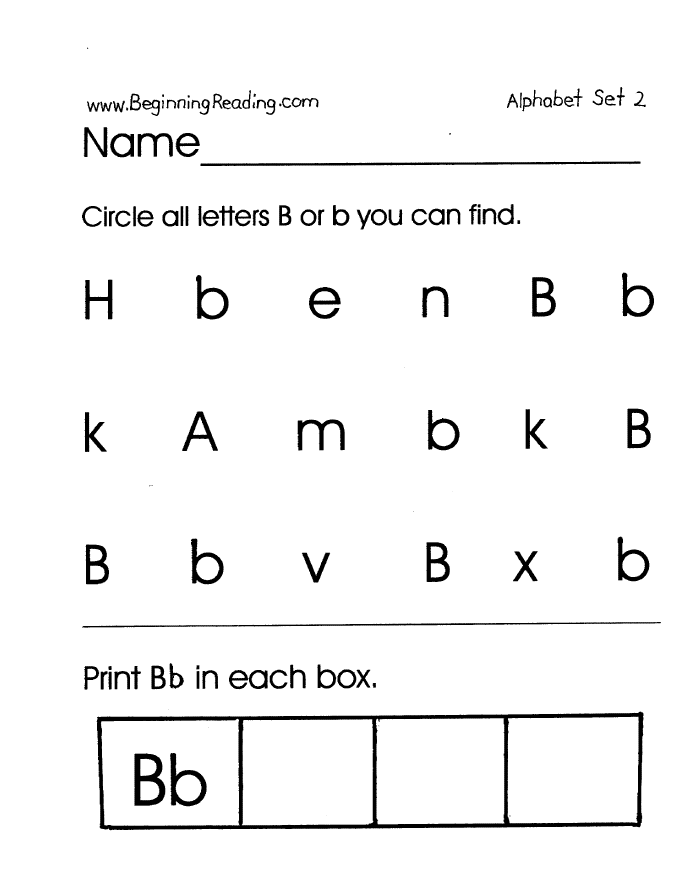
Games for the development of visual perception
Due to insufficient development of visual recognition, children may confuse similar letters, name them incorrectly or have difficulty remembering them. To avoid this, play image games. It's fun and productive.
Spot the Difference - look at a couple of pictures and try to find the differences.
"Overlay images" - look at 3-5 contour images (objects, geometric shapes, letters, numbers) superimposed on each other and try to identify all the pictures.
"Hidden images" - give the child a few shapes consisting of elements of letters and geometric shapes. Try to find all the hidden images
"Noisy" images - show your child some noisy, contour images of objects, geometric shapes, numbers or letters. Try to name and identify all objects.
"Find a Pair" - show your child images of several objects that are similar but have slight differences. Try to define two identical objects.
"Unfinished Images" - study images with missing elements, such as a bird without a beak, a fish without a tail, a flower without petals, a sleeveless dress, a chair without a leg, etc.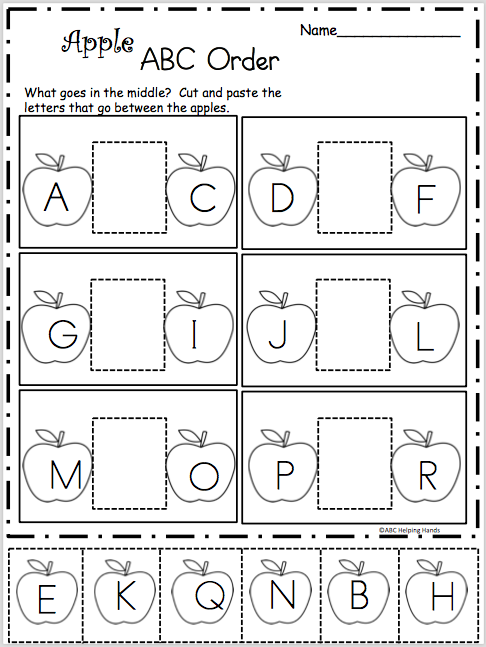 add details to complete the drawing.
add details to complete the drawing.
"Images from dots" - show images of objects, geometric shapes, letters or numbers made up of dots. Try to name objects.
"Inverted Images" - show schematic images of objects, letters, numbers, reversed by 180°. Then try drawing the object upside down.
"Cut image" - cut the image into 2-3 parts. Children must assemble a whole picture from these fragments, like a puzzle.
For school-age children, all the games offered can be played with letters and numbers. This is how you work on developing visual fluency. And the following games will definitely appeal to older children!
"Find the letter" - select any text and while reading it, underline the letter "A" with one line, the letter "H" with two lines and put a dot under the letter "O".
"What has changed?" - invite the child to look at several cards with letters (words, numbers, geometric shapes, etc.) and turn away or leave the room. After changing the cards, the child must determine what has changed.

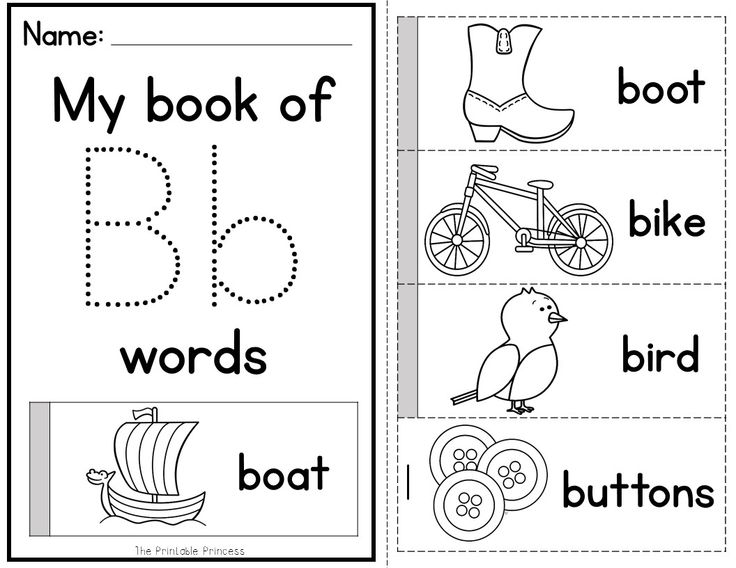
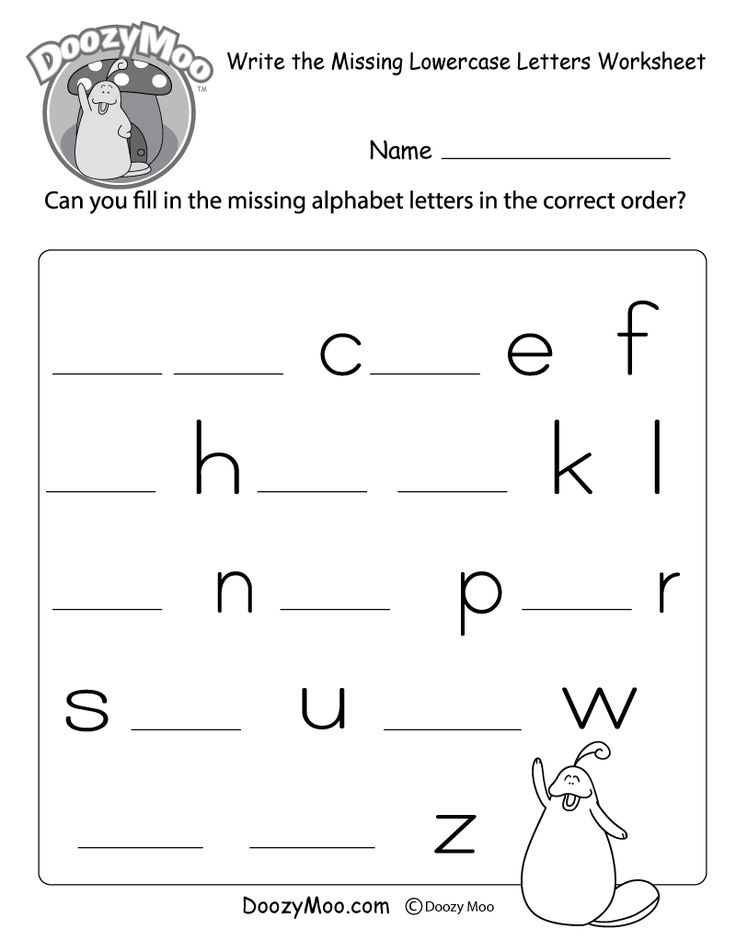
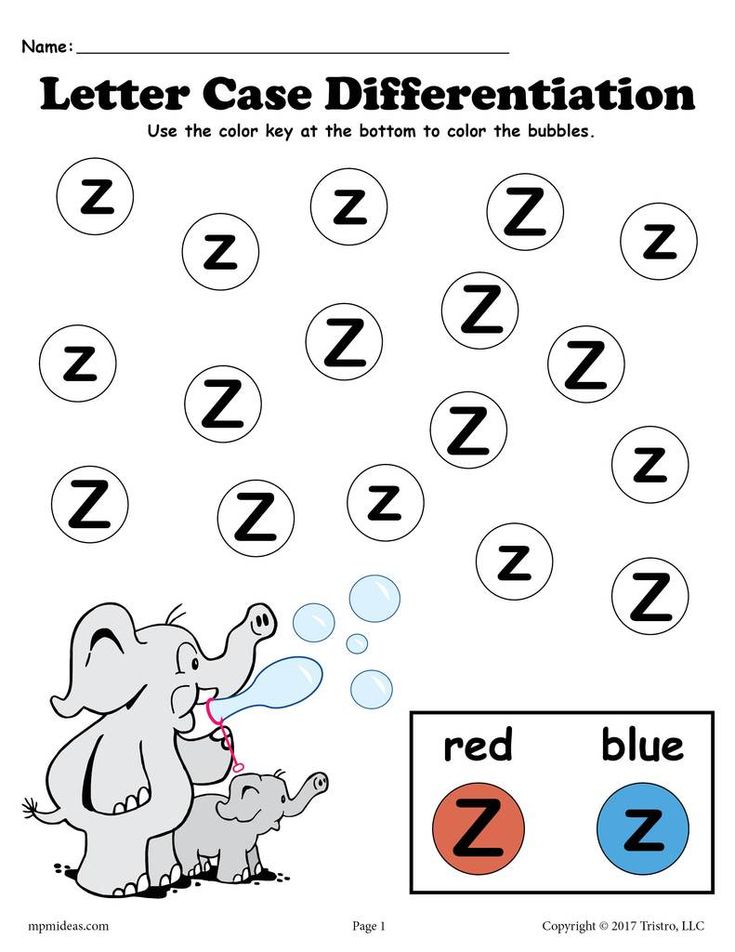 .. the last letter is y .
.. the last letter is y . 